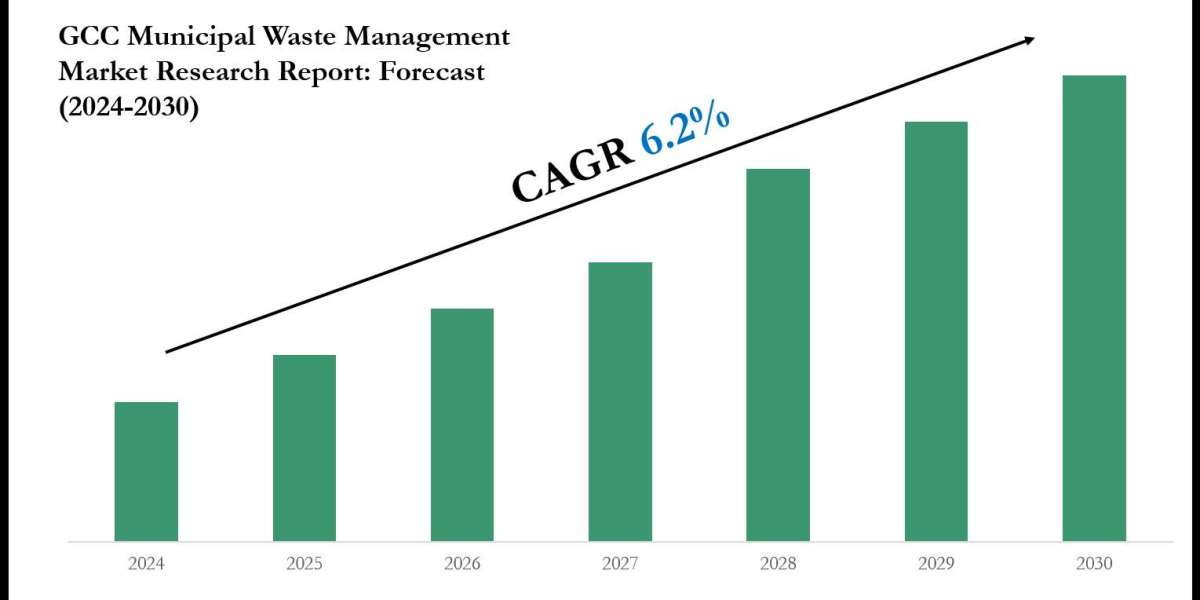Armored for Safety: The Expanding Role of Protective Clothing in Diverse Work Environments
In environments where risk and exposure are part of the daily routine, Protective Clothin serves as the first line of defense between a worker and potential hazards. Whether in healthcare, construction, chemical manufacturing, firefighting, or industrial settings, protective clothing isn’t just a uniform—it’s a lifeline. Designed to shield the wearer from environmental dangers, harmful substances, extreme temperatures, and infectious agents, protective clothing has evolved to incorporate cutting-edge materials and technologies, keeping pace with the demands of modern industries.
This article explores the crucial role of protective clothing, its various forms, applications across sectors, materials used, and the innovation driving its future.
Understanding Protective Clothing
Protective clothing refers to garments or equipment worn to safeguard the wearer from injury or contamination. This broad category encompasses everything from hazmat suits and firefighter turnout gear to high-visibility vests and laboratory coats. The nature of the clothing depends entirely on the risks it is designed to mitigate—chemical spills, electrical sparks, extreme heat, biological contaminants, or mechanical hazards.
These garments are engineered not just for protection, but also for functionality, comfort, and durability, making them essential tools for millions of workers worldwide.
Key Sectors That Rely on Protective Clothing
1. Healthcare and Medical Fields
In hospitals and clinics, protective clothing like gowns, gloves, face shields, and masks protect healthcare workers from exposure to pathogens. During infectious disease outbreaks—like COVID-19—protective suits, respirators, and isolation gowns become essential in limiting disease transmission.
2. Construction and Industrial Work
Workers in construction and manufacturing environments face risks from heavy machinery, falling debris, sharp tools, and noise pollution. High-visibility vests, steel-toed boots, helmets, and flame-resistant (FR) coveralls are all standard gear designed to protect against injury.
3. Chemical and Hazardous Material Handling
When dealing with volatile or toxic substances, workers wear chemical-resistant suits made from materials like Tyvek® or PVC. These garments resist penetration from dangerous liquids, vapors, or solids, ensuring safety during spills or direct exposure.
4. Firefighting and Emergency Services
Firefighters rely on multi-layered gear that protects against extreme heat, flames, and hazardous smoke. This gear includes turnout coats, pants, helmets, gloves, and boots made from advanced flame-retardant materials.
5. Military and Defense
Protective gear in military contexts includes body armor, helmets, chemical/biological suits, and ballistic-resistant uniforms. These are designed to provide protection in combat, chemical warfare, and disaster zones.
6. Food Processing and Laboratories
Cleanroom suits, hairnets, and aprons help maintain hygiene and prevent contamination in food manufacturing and laboratories. These garments also protect workers from exposure to biological agents and chemicals.
Common Types of Protective Clothing
Depending on the environment, protective clothing may include:
- Coveralls: Provide full-body protection and are often used in hazardous environments such as asbestos removal or spray painting.
- Aprons and Lab Coats: Common in laboratories and kitchens, these protect against chemical splashes and stains.
- High-Visibility Clothing: Designed with reflective strips to enhance visibility in low-light environments, crucial for road and rail workers.
- Fire-Resistant Garments: Made from materials like Nomex®, these resist ignition and help prevent burns.
- Hazmat Suits: Full-body suits that offer protection against dangerous chemicals, biohazards, and radiological materials.
- Arc Flash Clothing: Worn by electricians and power line workers, this type of clothing protects against sudden electrical discharges.
Materials Matter: What Protective Clothing Is Made Of
Protective clothing is constructed from specialized fabrics designed to withstand specific threats. These include:
- Cotton and Cotton Blends: Often treated for flame resistance; breathable and comfortable for long wear.
- Polypropylene: Used in disposable garments for protection against particulates and light liquids.
- PVC (Polyvinyl Chloride): Chemical-resistant and waterproof; used in rainwear and chemical suits.
- Tyvek®: Lightweight and breathable, yet resistant to particles and liquids—popular for cleanroom and medical use.
- Kevlar® and Nomex®: Heat- and flame-resistant materials used in firefighting and electrical work.
- GORE-TEX®: Waterproof and breathable; often found in outerwear and gear for emergency responders.
These materials are chosen based on their resistance to heat, chemicals, water, punctures, and abrasions, as well as their durability and comfort.
Standards and Certification
To ensure effectiveness, protective clothing must meet safety regulations and standards established by organizations such as:
- OSHA (Occupational Safety and Health Administration) – sets workplace safety requirements in the U.S.
- NIOSH (National Institute for Occupational Safety and Health) – tests and certifies PPE.
- ASTM International – sets material performance standards.
- EN (European Norms) – used in European countries for PPE classification and testing.
For example, flame-resistant clothing must meet NFPA 2112 standards in the United States, while chemical protective gear must comply with EN 14605 in the EU.
Challenges in Protective Clothing
Despite its benefits, protective clothing can present challenges such as:
- Heat Stress: Overly insulating garments may trap heat, increasing the risk of heat exhaustion.
- Mobility Restrictions: Bulky suits may hinder movement, reducing worker efficiency.
- Comfort and Fit: Ill-fitting clothing can cause discomfort and distract workers.
- Cost and Waste: Disposable gear, while hygienic, contributes to environmental waste and can be expensive in high-use settings.
Addressing these challenges requires ongoing innovation in design and materials.
The Future of Protective Clothing
Protective clothing is undergoing rapid innovation as industries demand smarter, more sustainable, and more efficient gear. Future trends include:
- Smart Clothing: Integration of sensors that monitor body temperature, heart rate, or detect hazardous gases.
- Self-Healing Materials: Fabrics that repair small tears or punctures, extending garment life.
- Eco-Friendly PPE: Recyclable or biodegradable materials to reduce environmental impact.
- Custom-Fitted Gear: Using 3D scanning and printing to create perfectly tailored protective wear.
- Multi-Hazard Protection: Garments that combine resistance to fire, chemicals, and impact in one design.
These advancements aim to increase protection without compromising comfort or mobility.
Conclusion: Protection That Empowers
Protective clothing is far more than a requirement—it's a powerful enabler of safety, productivity, and peace of mind. Whether shielding a nurse from infection, a firefighter from flames, or a technician from electric shock, these garments allow professionals to focus on their tasks without fearing for their safety.
As the demands of industries evolve and the risks become more complex, protective clothing must adapt accordingly. By combining science, engineering, and ergonomic design, the next generation of protective gear will not only protect lives—but also enhance how work is performed across the globe. Click here to view more details https://www.ayidaxm.com/



